Directions Driving From One Place To Another
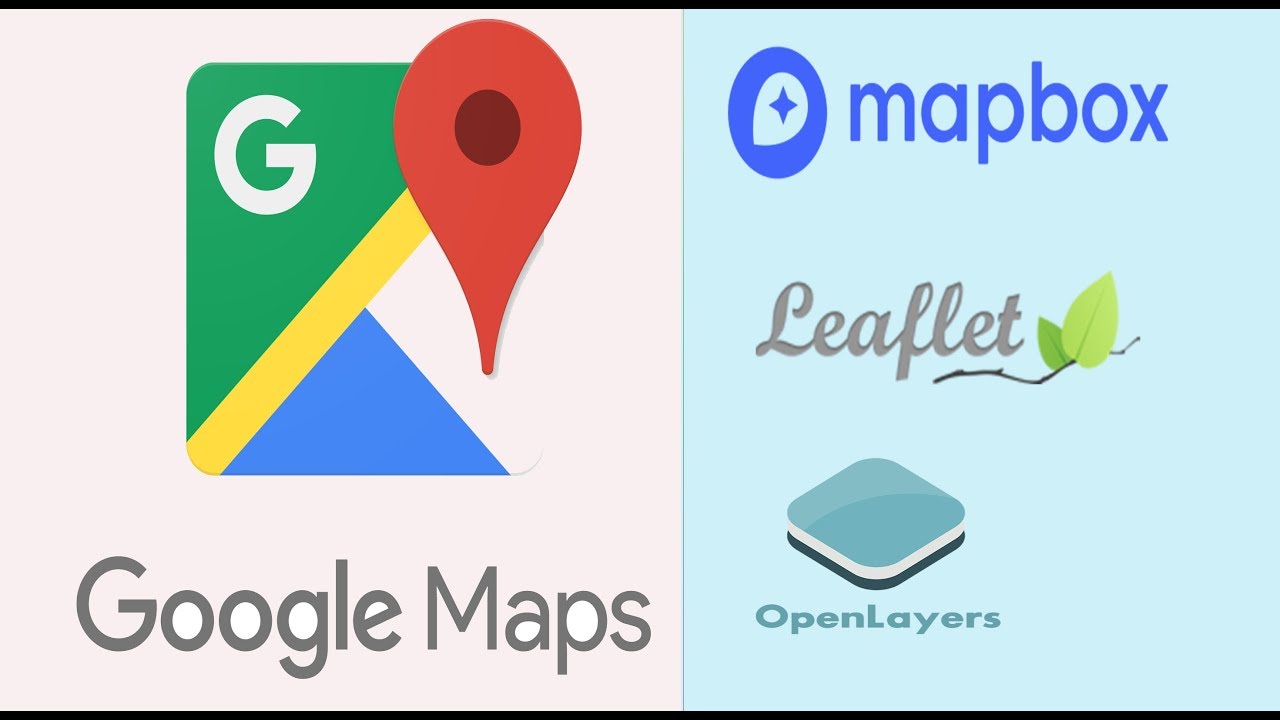
Navigating from one place to another is an essential skill in today's world, especially with the convenience and accuracy of modern navigation systems. This comprehensive guide will delve into the art of planning and executing a journey, offering insights, tips, and a deep analysis of the process to ensure a smooth and efficient travel experience.
The Art of Route Planning
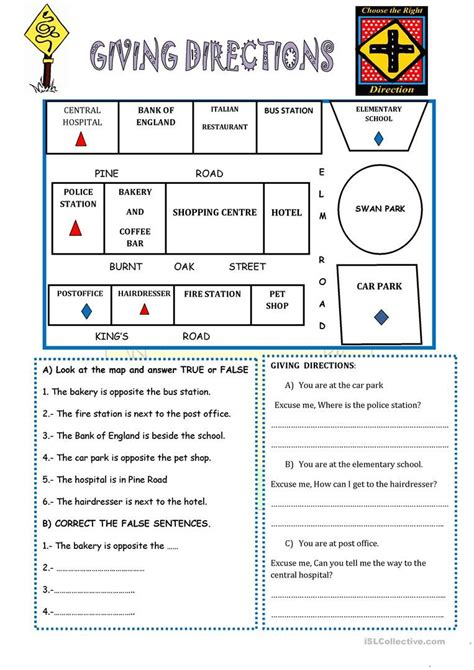
When embarking on a journey, whether it’s a short commute or a long-distance road trip, the first step is often to plan your route. This process involves more than just choosing the most direct path; it’s about understanding the journey’s nuances, considering various factors, and making informed decisions to ensure a seamless travel experience.
Understanding Your Destination
Before you begin, it’s crucial to have a clear understanding of your destination. This includes more than just the address or the general area. Consider the following:
- Specific Location: Is it a precise address, a landmark, or a general area? For instance, if you’re heading to a city center, knowing the specific streets or neighborhoods can help you navigate more efficiently.
- Time of Arrival: Planning your estimated time of arrival (ETA) can help you manage expectations and account for potential delays. This is especially important if you have a tight schedule or are meeting someone at a specific time.
- Traffic Considerations: Researching the typical traffic conditions for your chosen route and time of day can be a game-changer. This information can help you avoid congested areas or plan for alternative routes if needed.
Choosing Your Navigation Tool
With the plethora of navigation apps and devices available, choosing the right tool for your journey is crucial. Consider factors like:
- Reliability: Opt for a navigation system with a solid reputation for accuracy and up-to-date maps. This ensures you’re guided along the most efficient route and don’t encounter unexpected detours due to outdated information.
- Features: Different navigation tools offer various features. Some may provide real-time traffic updates, while others offer voice guidance or detailed street views. Choose a tool that aligns with your preferences and needs.
- Offline Capability: If you’re traveling to an area with limited internet connectivity, consider a navigation app or device that allows for offline map usage. This ensures you can still navigate without relying on a data connection.
| Navigation App/Device | Key Features |
|---|---|
| Google Maps | Real-time traffic updates, voice guidance, street view, and offline maps. |
| Apple Maps | Detailed indoor maps, integration with Apple devices, and turn-by-turn directions. |
| Waze | Community-based traffic updates, alternative route suggestions, and speed trap alerts. |
| MapQuest | Easy-to-read maps, step-by-step directions, and real-time traffic information. |
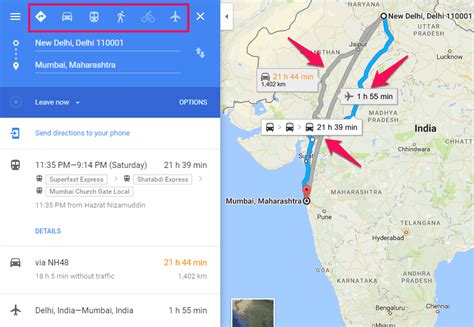
Route Optimization
Once you’ve selected your navigation tool, it’s time to optimize your route. Here’s a step-by-step process:
- Enter Your Destination: Input the exact address or landmark into your navigation system. Ensure you provide as much detail as possible to get the most accurate route.
- Review the Route: Most navigation systems will provide an overview of the route, including the estimated time and distance. Take a moment to review this information and ensure it aligns with your expectations.
- Consider Alternative Routes: Depending on the navigation tool, you may have the option to view alternative routes. These can be useful if you want to avoid certain areas or if you’re looking for a more scenic journey.
- Set Waypoints: If you have multiple stops along your journey, set waypoints to ensure your navigation system accounts for them. This is especially useful for deliveries or if you’re running multiple errands.
- Check for Tolls and Highways: Some navigation systems allow you to avoid tolls or highways, which can be useful if you prefer a more relaxed drive or if you’re on a budget.
The Journey Begins: On the Road
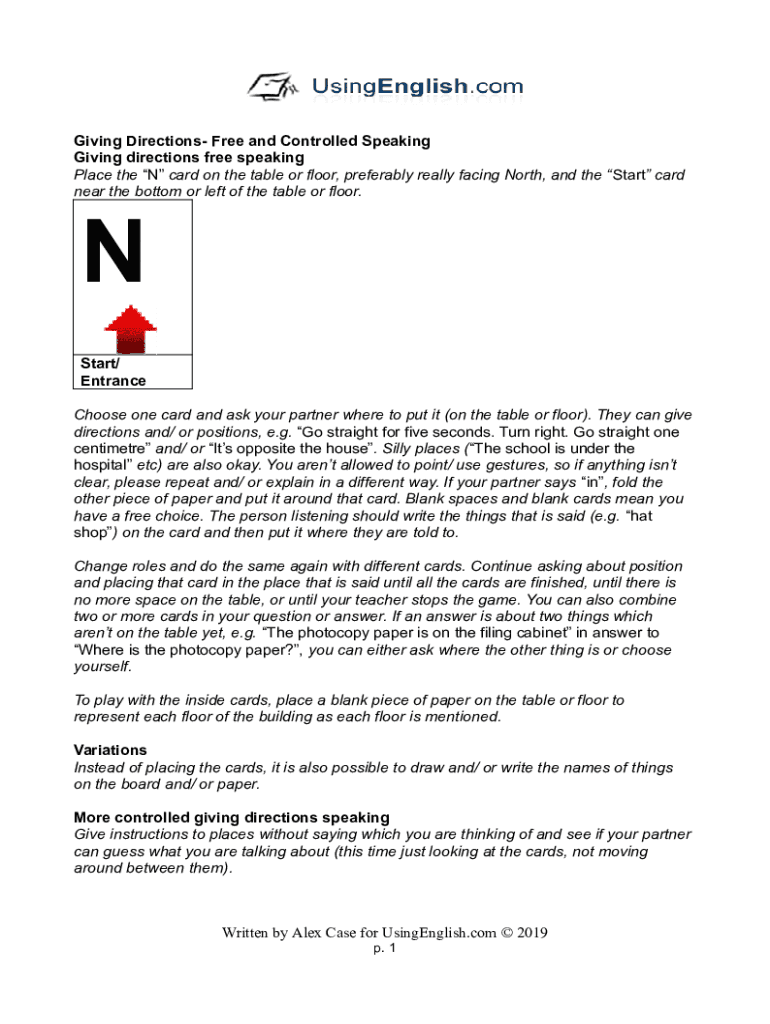
With your route planned and your navigation system ready, it’s time to hit the road. Here’s what to expect and some tips to ensure a smooth journey.
Starting Your Navigation
As you begin your journey, activate your navigation system. Most modern systems will provide turn-by-turn directions, voice guidance, and real-time updates on your ETA.
Ensure you have a clear view of your device or app and that it’s mounted securely in your vehicle. This ensures you can keep your eyes on the road and easily follow the directions.
Staying Informed During Your Journey
A key advantage of modern navigation systems is their ability to provide real-time updates. This includes:
- Traffic Alerts: If there’s an accident, road closure, or congestion ahead, your navigation system will alert you and suggest an alternative route.
- Road Conditions: In some cases, navigation systems can provide updates on road conditions, such as snow or ice, to help you adjust your driving accordingly.
- Live ETA Updates: Your navigation system will continuously update your estimated time of arrival based on your current speed and traffic conditions. This ensures you’re always aware of any potential delays.
Adjusting Your Route Mid-Journey
While it’s ideal to plan your route in advance, sometimes unexpected situations arise. Whether it’s a traffic jam, a road closure, or a last-minute change of plans, your navigation system can help you adapt.
Most navigation apps will automatically recalculate your route based on real-time traffic conditions. However, if you need to make a quick change, you can usually do so by selecting an alternative route or by entering a new destination.
The Art of Efficient Navigation
Beyond the basics of route planning and navigation, there are several strategies and tips to enhance your travel experience and ensure you arrive at your destination efficiently.
Utilizing Real-Time Traffic Data
Real-time traffic data is a powerful tool for efficient navigation. By understanding current traffic conditions, you can make informed decisions about your route and even anticipate potential delays.
Many navigation apps offer real-time traffic updates, often color-coded on the map to indicate congestion levels. Green areas indicate free-flowing traffic, while red areas signify heavy congestion. This information can help you choose the best route or even decide to leave at a different time to avoid peak traffic.
The Power of Voice Guidance
Voice guidance is a feature that many navigation systems offer, and it can be a game-changer for efficient driving. Instead of constantly glancing at your device or map, voice guidance provides turn-by-turn directions audibly, allowing you to keep your eyes on the road.
Most voice guidance systems provide clear and concise instructions, such as “turn left in 500 feet” or “take the next exit.” This ensures you’re always aware of upcoming maneuvers and can focus on driving safely.
Navigating with Precision: Lane Guidance
Lane guidance is a feature offered by some advanced navigation systems, providing precise instructions on which lane to be in for an upcoming turn or exit. This can be especially useful in complex highway interchanges or when navigating through busy urban areas.
With lane guidance, you’ll receive instructions like “move to the left lane” or “stay in the right lane” to ensure you’re in the correct position for your next maneuver. This feature can help reduce confusion and ensure a smoother driving experience.
Future of Navigation: Trends and Innovations
As technology continues to advance, the future of navigation looks promising, with several trends and innovations set to revolutionize the way we travel.
Autonomous Navigation
The rise of autonomous vehicles and advanced driver-assistance systems (ADAS) is set to transform navigation. These vehicles will have the ability to navigate and make driving decisions independently, taking the burden off drivers.
While fully autonomous vehicles are still in development, many modern cars already offer advanced navigation features, such as lane-keeping assist, adaptive cruise control, and automatic emergency braking. These features enhance safety and provide a glimpse into the future of navigation.
Integration with Smart Cities
The concept of smart cities, where infrastructure and services are interconnected and optimized, is gaining traction. In the context of navigation, this means better coordination between vehicles, traffic signals, and road infrastructure.
Smart cities can provide real-time updates on traffic conditions, roadworks, and even available parking spots. This information can be integrated into navigation systems, ensuring drivers receive the most accurate and up-to-date information.
Personalized Navigation Experiences
As navigation systems become more advanced, they’re also becoming more personalized. These systems can learn your driving habits, preferences, and frequently visited locations to provide tailored route suggestions and recommendations.
For example, if you often take a scenic route to work, your navigation system may suggest that route on weekends when you have more time. Or, if you prefer to avoid highways, the system can automatically route you through local streets.
Frequently Asked Questions (FAQ)
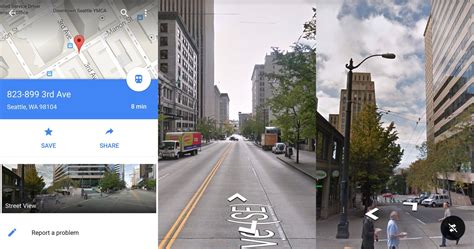
What’s the best navigation app for real-time traffic updates?
+Several navigation apps offer real-time traffic updates, but some stand out for their accuracy and features. Google Maps, Waze, and Apple Maps are highly regarded for their real-time traffic information. Google Maps and Waze leverage user-reported data, providing up-to-date insights on traffic conditions.
How can I ensure my navigation system is up-to-date with the latest maps and traffic data?
+Most navigation apps and devices offer regular updates to ensure you have the latest maps and traffic information. It’s essential to keep your navigation system updated by checking for updates periodically or enabling automatic updates if available.
What should I do if my navigation system’s route seems incorrect or outdated?
+If you encounter an incorrect or outdated route, it’s best to cross-check with other navigation apps or sources. If the issue persists, consider updating your navigation system or contacting the developer to report the issue.



